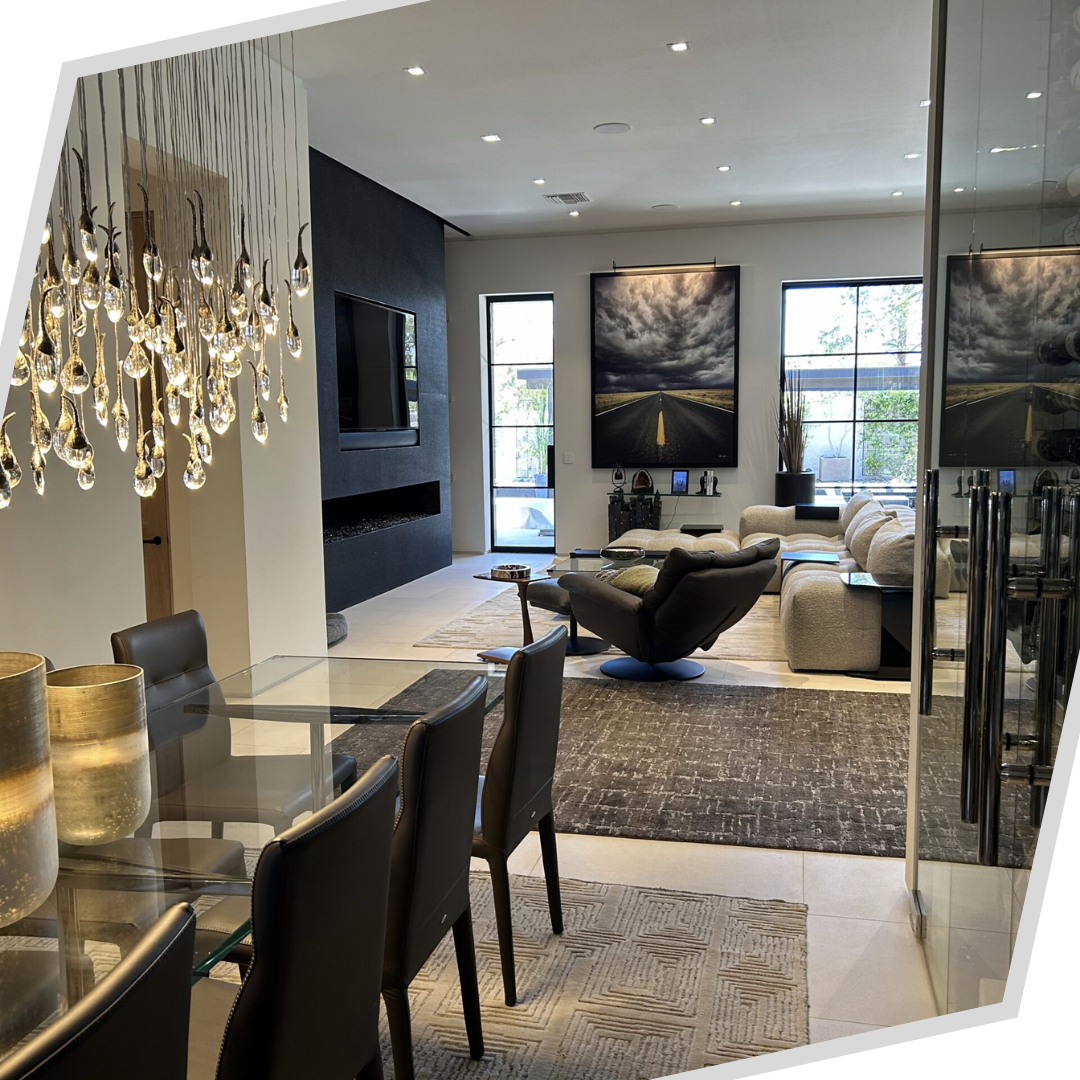How Long Does It Really Take to Design a Room? A Fresh Look at the Interior Design Process
Designing a room goes far beyond choosing color palettes and decorative accents. It’s a thoughtfully choreographed process that marries aesthetics with functionality, led by a deep understanding of space planning and lifestyle needs. Whether you’re redesigning a snug bedroom or planning a luxurious living room revamp, understanding the interior design process is essential for managing time, expectations, and outcomes.
Let’s explore the timeline, phases, and key variables that shape your design journey.
The Roadmap to a Stylish Space: Stages of Interior Design
The interior design process is a multi-phase journey designed to ensure your room meets both form and function goals. Here’s how it typically unfolds:
1. Initial Consultation & Design Brief
This introductory meeting lays the groundwork. A certified interior designer learns about your lifestyle, aesthetic tastes, functionality needs, and budget. A strong start here prevents design detours later.
Time Investment: 2–5 hours
2. Crafting the Concept
This stage brings your vision to life. Designers develop mood boards, sketches, and digital renderings, adjusting ideas based on your feedback until the perfect design narrative emerges.
Time Investment: 10–20 hours
3. Curating Materials & Furnishings
With the concept approved, the sourcing begins—fabrics, lighting, finishes, art, and furniture. Whether shopping online or working with an interior design firm, selecting the right pieces takes time and taste.
Time Investment: 5–15 hours
4. Managing the Process
Project coordination involves aligning schedules, ordering materials, and managing contractors. It’s the engine behind a seamless design execution.
Time Investment: 10–30 hours
5. Installation & Final Styling
This is where the magic happens. Furniture is placed, accessories arranged, and every detail fine-tuned until your space is ready to shine.
Time Investment: 5–10 hours
Factors That Shape Your Design Timeline
No two projects are alike, and several variables can influence how quickly (or slowly) your room comes together.
Key Timeline Influencers
- Room size & layout: More space means more decisions.
- Client responsiveness: Prompt feedback speeds things up.
- Product availability: Long lead times cause delays.
- Project complexity: Custom or layered designs take longer.
- DIY or Pro? Hiring experienced interior design experts streamlines the process compared to a DIY approach.
Average Design Time Estimates
| Phase | Estimated Hours |
|---|---|
| Discovery & Brief | 2–5 hours |
| Concept Development | 10–20 hours |
| Selections & Sourcing | 5–15 hours |
| Coordination | 10–30 hours |
| Styling & Setup | 5–10 hours |
| Total Time | 32–80 hours |
Speeding Up Without Sacrificing Style
Want to complete your project faster? Here are some expert-backed strategies:
- Stick to your design vision—avoid indecision
- Communicate clearly with your certified designer
- Choose in-stock or ready-made items
- Prepare a realistic timeline and budget from day one
- Trust the process and minimize last-minute changes
Interior Design Terms to Know
Familiarize yourself with these industry terms to stay in the loop during your project:
- Design Brief: A summary of your style, space, and goals
- Mood Board: A visual layout of colors, textures, and decor direction
- FF&E: Furniture, Fixtures & Equipment—everything that fills the room
- Lead Time: Time between ordering and delivery
- Punch List: Final checklist for fixes or adjustments before sign-off
Real-World Examples: Timelines in Action
Here are some sample scenarios to help you visualize how design time varies:
- Compact Bedroom Refresh: Minimal styling and furniture
⟶ ~30–40 hours - Home Office Revamp: Built-ins, tech upgrades, layered lighting
⟶ ~50–65 hours - Living Room Overhaul: Custom furnishings, eclectic accents
⟶ ~70–90 hours
FAQs: Your Top Questions Answered
How long does it usually take to design a room?
Most rooms require between 30 and 80 hours, depending on complexity and size.
Can I speed up the process?
Yes—streamlined decisions, choosing in-stock items, and having a clear vision can reduce timelines significantly.
Should I hire a professional?
Working with a certified interior designer can save time, avoid costly errors, and ensure a polished finish.
What causes the most delays?
Waiting on furnishings or materials. Always have backup options ready.
Can I work on one room at a time?
Absolutely. Tackling rooms individually lets you control your budget and focus.
Final Thoughts: Designing with Purpose
The interior design process isn’t just about decor—it’s a personalized experience that transforms your environment and enhances your lifestyle. Working with a trusted Las Vegas designer ensures a seamless journey from inspiration to execution. Whether you’re embarking on a single-room makeover or a full-scale home transformation, thoughtful planning and professional expertise make all the difference.
As online visibility grows increasingly vital, even design studios benefit from strategic digital marketing insights.
